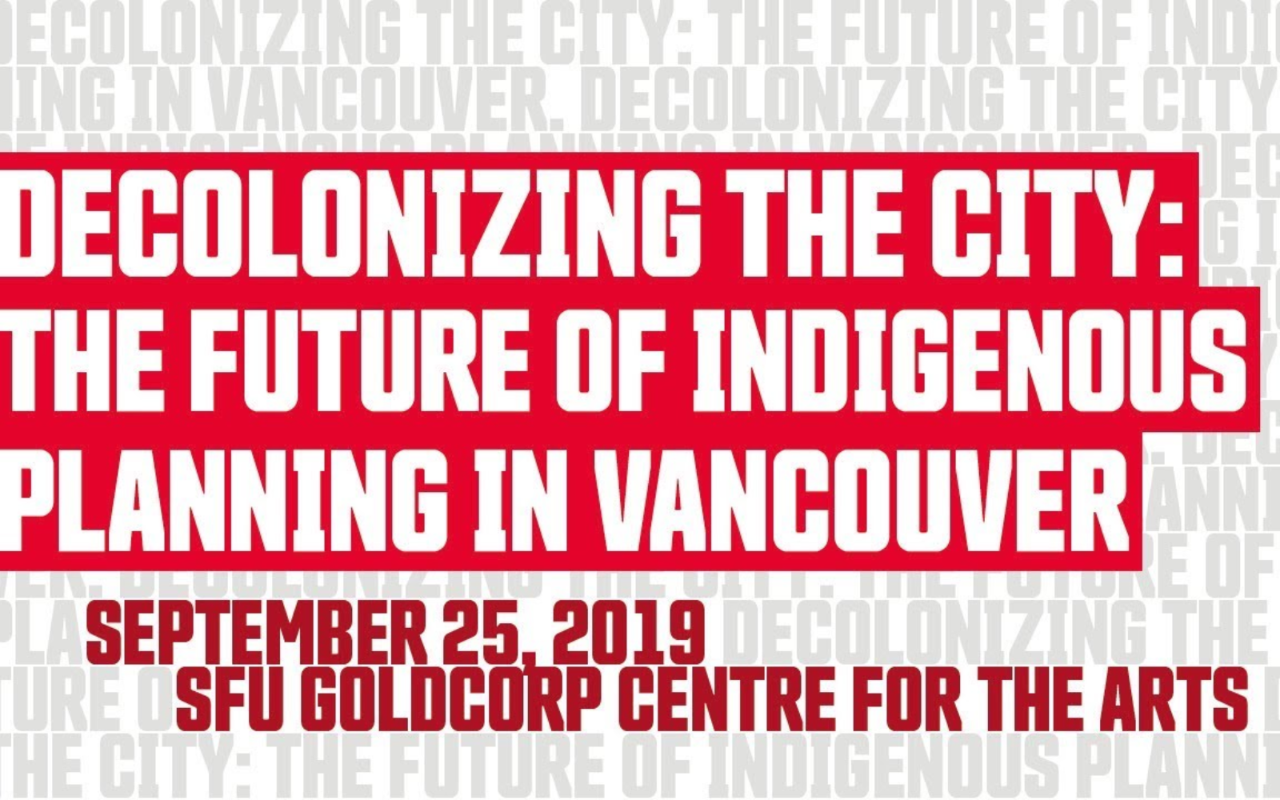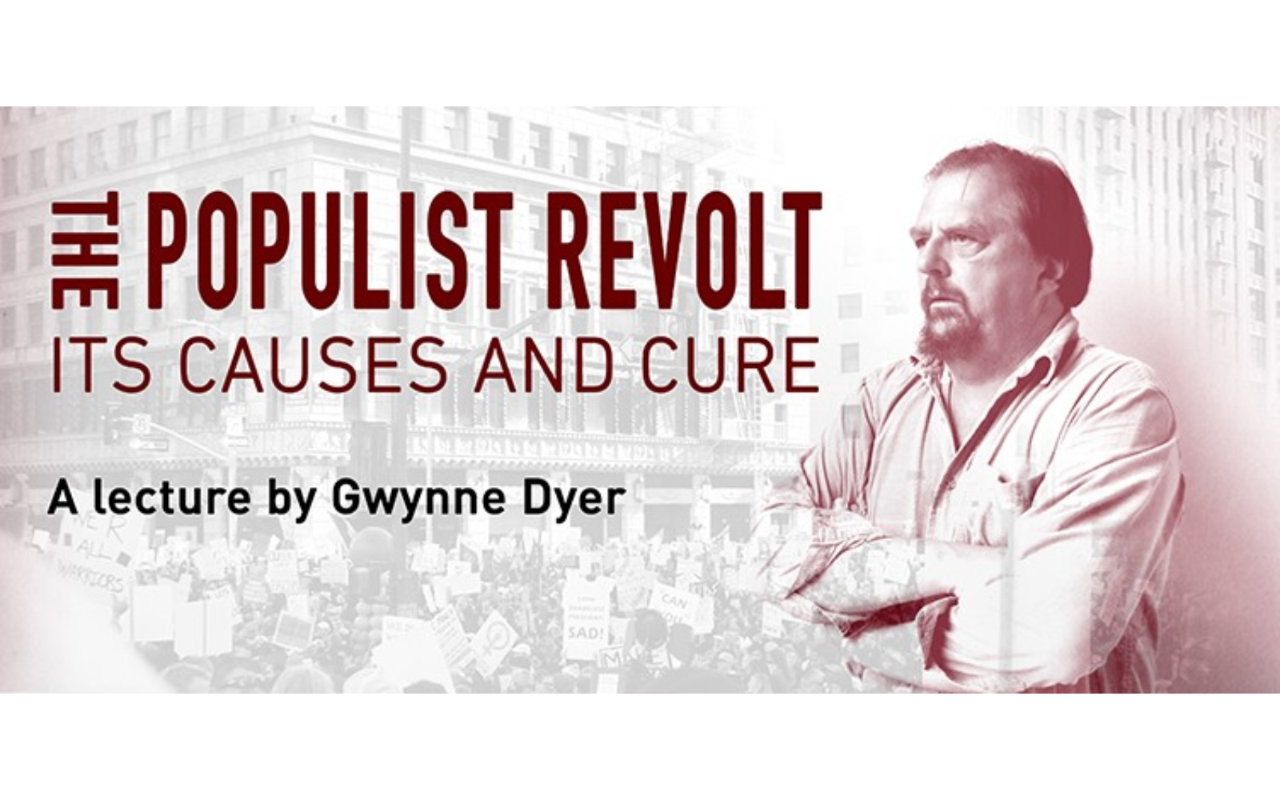Video, Past Event, Environmental Justice
Anil Narine: The Cinema of Environmental Crisis
Can films that depict urgent social problems challenge viewers to change their views? What is the boundary between images that can change the world, like the tragic image of the drowned Syrian boy, and images that cause us to turn away in a state of trauma, fatigue or willed ignorance? Does cinema (more than photography) run the risk of “aestheticizing” the suffering of people, ecosystems and other living things?
The global environmental crisis, encompassing climate change, dwindling natural resources, decimated rain forests and animal habitats, toxified industrial sites and acidic oceans, is a pressing problem that affects us all. But the majority of empowered citizens in industrialized economies have been slow realizing the extent of the damage done (including our eradication of 50% of many animal species since the 1970s) and apathetic to streamline our lifestyles and consume less. While many citizens have remained poorly informed for decades due to the dominant media system built largely around corporate interests, others have chosen to ignore the mounting crisis. Psychologists call this process of willed ignorance disavowal, which can be a symptom of trauma. Cinematic representations are therefore of interest because they confront us with imagery we may prefer to ignore.
Speaker Bio
Dr. Anil Narine, editor of the book Eco-Trauma Cinema (Routledge 2015), discussed this subgenre of eco-cinema in its three general forms: accounts of people who were traumatized by the natural world, narratives that represented people or social processes which traumatized the environment or its species, and stories that depicted the aftermath of ecological catastrophe. Eco-trauma cinema represents the harm we, as humans, inflict upon our natural surroundings, or the injuries we sustain from nature in its unforgiving iterations. The term encompasses both circumstances because these seemingly distinct instances of ecological harm are often related and even symbiotic. In avant-garde, commercial, and documentary cinema, images of ecological trauma confront us. But to what end? Can these images of ecological trauma shock us in ways that activate us as citizens, rather than pacifying us as audiences? Might cinema be the “cognitive map” we need to enable us as to rethink our relationship with the imperiled natural world?
Presented by
SFU's Vancity Office of Community Engagement






